Why shouldn't we throw radioactive waste into space?

Why Don't We Shoot Nuclear Waste Into Space?-YouTube
90% of the total radioactive waste is low-level radioactive waste such as tools and gloves used at nuclear facilities, and 7% is medium-level radioactive waste that has been placed in the reactor core for a long time.

These radioactive wastes can be safely disposed of with proper treatment.

On the other hand, the remaining 3% of spent nuclear fuel is regarded as

This time, I will explain about dumping this high-level radioactive waste into space.

At present, approximately 11,000 tons of high-level radioactive waste are discharged annually from approximately 440 nuclear reactors in operation around the world.

Since 1954, the world has accumulated about 400,000 tons of high-level radioactive waste.

However, many countries are dealing with this problem by postponing it in the future.

So the idea arises to dump these high-level radioactive wastes into space. However, various problems also occur.

The first is the expensive launch costs.

It costs about $ 4000 per kilogram just to put it in the earth's low orbit.

Also, launching high-level radioactive waste equivalent to one nuclear reactor will require an annual cost of 100 million dollars, which will increase the cost of power generation.

135 rockets will be launched in 2021.

Even if these are reused and radioactive waste is put into low Earth orbit, only 800 tons can be dumped.

At least 14 times as many rockets are required to launch all high-level radioactive waste.
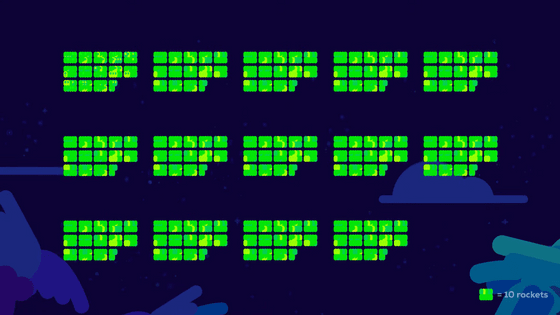
The second is technical difficulty.

If high-level radioactive waste is dumped into

Therefore, when transporting radioactive waste to the moon or farther, it is necessary to develop more rockets or huge rockets.

Also, dumping radioactive waste in random directions is considered a bad idea, and even if it is dumped far away, it is said to be in danger of falling to Earth in a circular orbit.
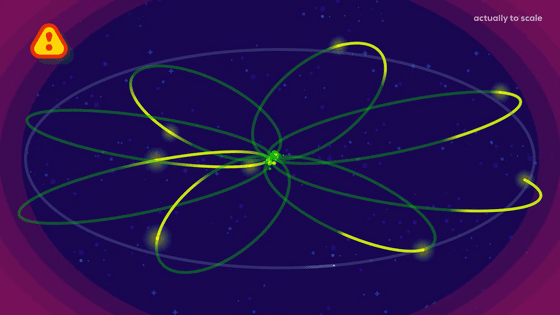
It is technically difficult to dump radioactive waste towards the sun, and it is said that it is easier to launch a rocket outside the solar system.

But that would require the development of a rocket that is bigger than any rocket ever built.
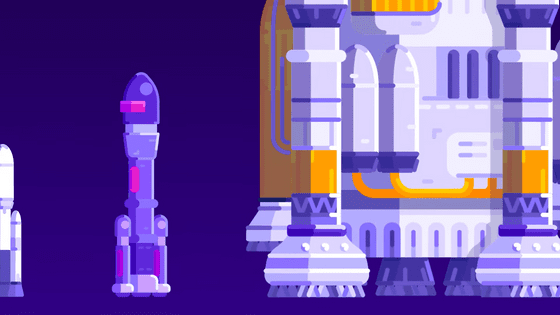
The third is the danger of rockets.
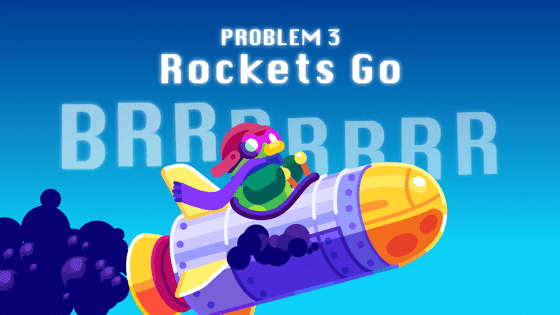
Rocket engineering has come a long way since the

For example, we replace carcinogenic fuels with mixtures of liquid oxygen and hydrogen or kerosene.
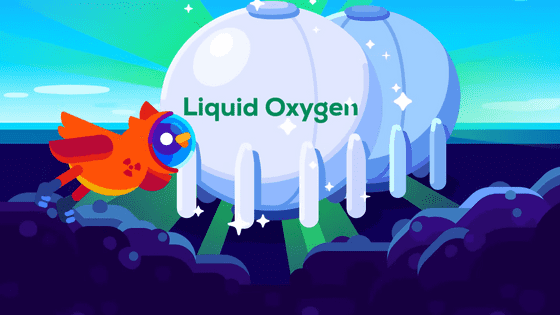
Also, the latest technology may land rockets for reuse.

Still, it seems that there were 11 launch failures in 146 launches in 2021.
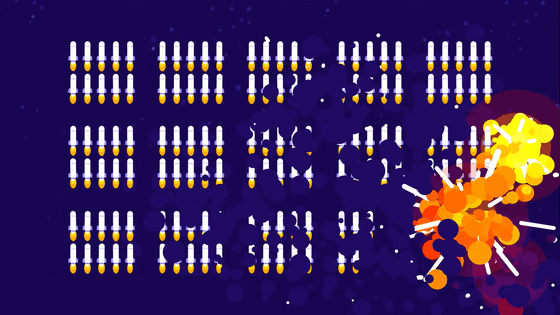
If a rocket carrying high-level radioactive waste is launched under such circumstances, there is a risk of explosion, mid-air disintegration, or crash.

If the launch fails, radioactive contamination will spread due to radioactive material scattered over a wide area.

Disposal of high-level radioactive waste is a real problem, but we deal with it by burying it deep underground or reprocessing some of it into new fuel.
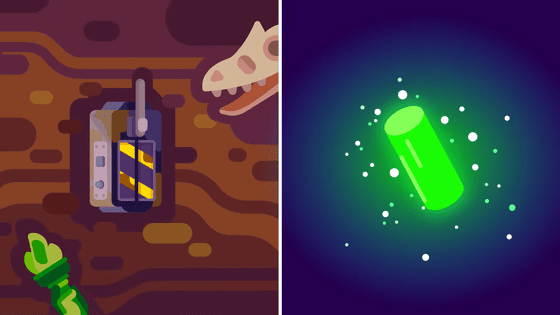
Kurzgesagt says that dumping radioactive waste into space is one of the worst ideas ever.

Related Posts:
in Video, Posted by log1r_ut







